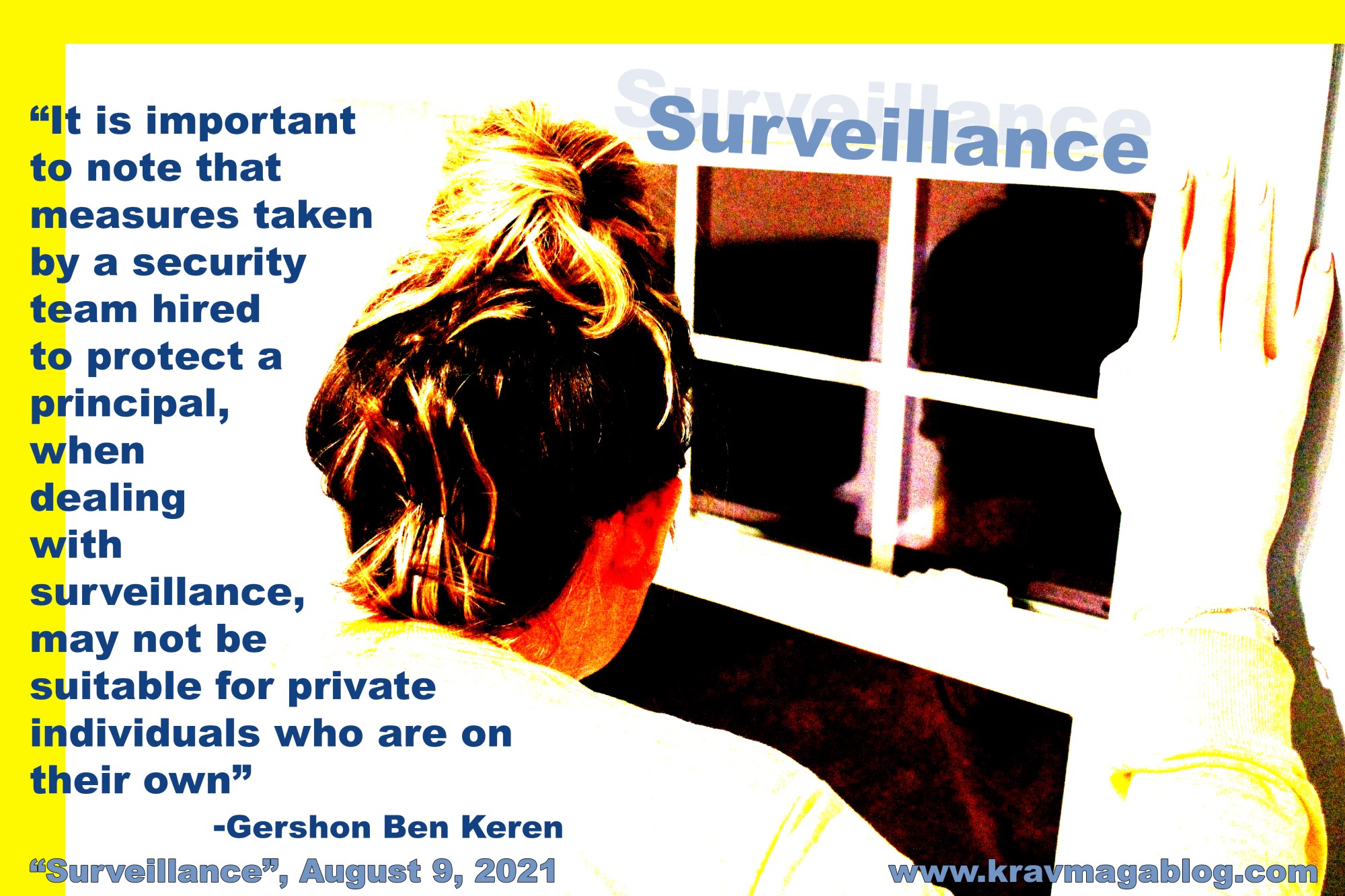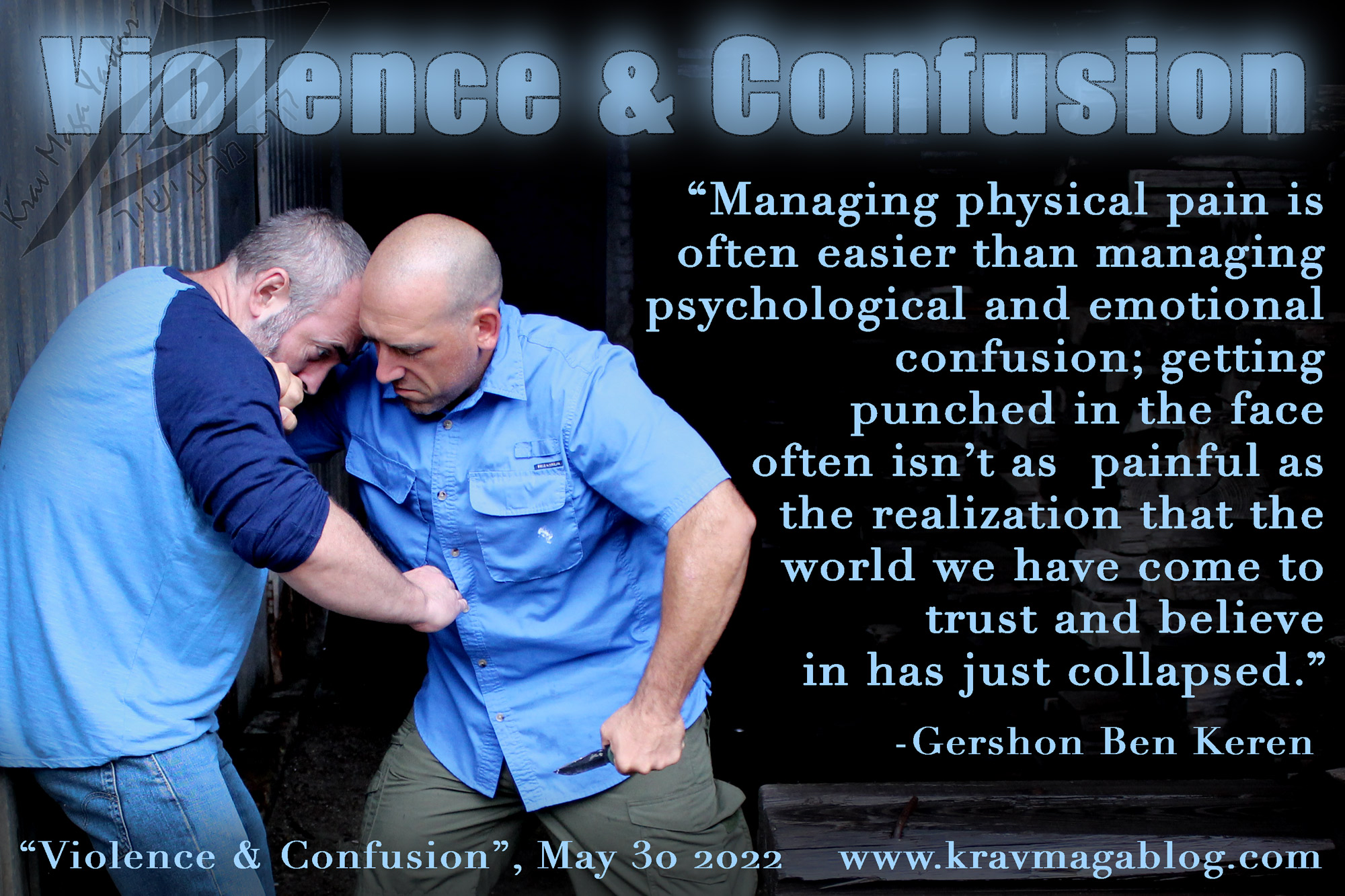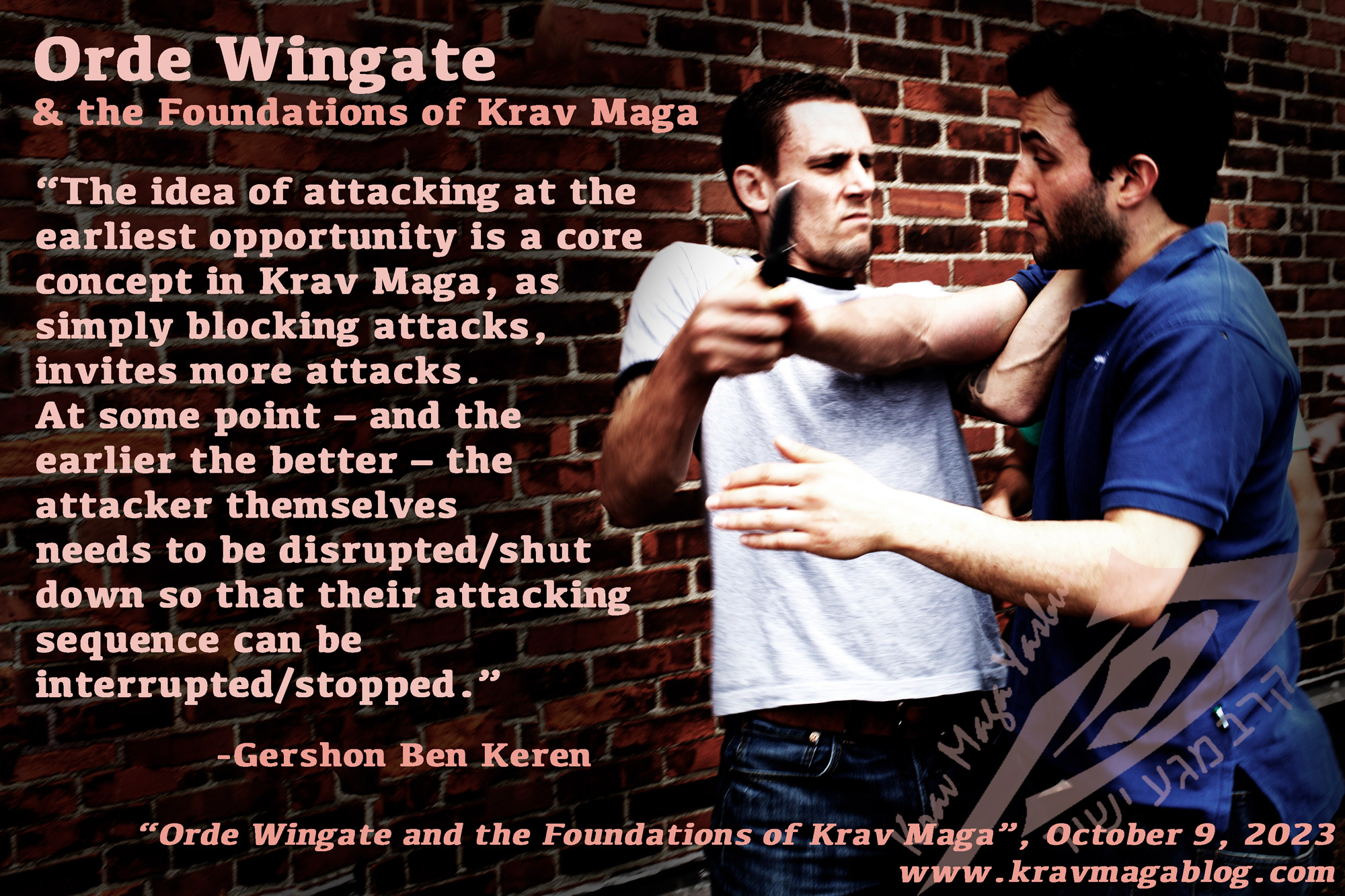If, When & When Not to Apologize, is an article written by Gershon Ben Keren, a 5th Degree Black Belt in Krav Maga, who teaches Krav Maga in Boston, MA. He has also authored three Amazon best-Selling Books on Krav Maga.
Sometimes our natural reaction in a socially awkward situation, where there is a dispute/conflict, is to apologize; especially if we have been brought up to be overly polite i.e., politeness being stressed when we were children as something we should never fail at – meaning that we’d rather be polite when we don’t have to than take the chance that we don’t need to etc. However, apologizing won’t always diffuse an angry person and in certain instances may in fact escalate the incident/interaction, rather than calm it down. If we have a habit of always apologizing, especially when the other person is in the wrong, we may want to address this, and evaluate the situations where an apology will work, and when it probably won’t. When doing so we shouldn’t just go off of past experiences, as something that may have worked once may not be replicable. In this article I want to take a look at how apologizing “works”, and at what stage in a confrontation it may be applicable.
Most anger is actually constructive, or is attempting to be constructive, rather than malevolent. Even anger that is born out of a frustration or injustice is usually about overcoming an obstacle/eliciting change in the person targeted. This doesn’t mean angry people are rational or know, or have a plan, of how to create a change in another person’s actions and behavior, but this is usually the point of anger and aggression. Often, a part of anger is a seeking of validation e.g., that the “injustice” or “frustration” a person is experiencing is real, and is acknowledged etc. Research by Frantz and Bennigson (2005), has shown that apologizing later is often more effective than doing so immediately, or early on in the interaction. In Western culture an apology is often seen as a closing statement e.g., we acknowledge our “wrong”, we say we’re sorry, and then everyone moves on. By saying sorry too early, we take away an angry person’s opportunity and ability to express themselves and how they’re feeling and/or for them to think about a way to resolve the dispute/conflict. Obviously, as the target of their anger we want the incident to end as quickly as possible because we are having to deal with a volatile and socially awkward situation, and the last thing that we want to do is extend the interaction; especially if it is in a setting where there are observers. A large part of de-escalation is slowing things down, and this usually means extending the time we spend with an aggressor, rather than simply shutting everything down straightaway, and exiting the incident. If an angry person feels that they have not been heard, and that you think/believe that the interactions should now end because you have apologized, the situation may well escalate. Asking open ended questions such as, “what can I do to sort this out?”, gives an angry person a chance to express themselves, to feel validated and to be acknowledged. By taking responsibility for addressing their frustration or injustice, you aren’t acknowledging wrongdoing or guilt but are expressing that you’re willing to help them deal with whatever they’re facing.
Some people will see an apology as a sign of weakness and of a desire to avoid conflict at all costs. This means they may take an apology, especially one offered straight-away as an invitation to become more aggressive towards you. Making an “urgent” apology before you’ve actually had time to understand the situation, and the reason(s) why the other person is angry demonstrates an overly submissive attitude towards conflicts and disputes, and an aggressor may decide to exploit this. Even if they don’t you are communicating to others in the environment that you are someone whose response to conflicts and challenges is to try and end them quickly by taking the blame and apologizing. One sexual predator’s MO (Modus Operandi) was to watch women pushing shopping carts in supermarkets and see how they acted and behaved when someone else bumped a cart into theirs. If they immediately apologized even though it wasn’t their fault, he judged them to be extremely conflict adverse. His assumption – which turned out to be mostly correct – was that if he then approached them in the parking lot and demanded that they got into his car they were likely to acquiesce, rather than challenge him and fight back. Whilst our primary concern may be dealing with an angry person, we should be aware of how others may interpret how we behave. This also goes for any time we are in a public setting e.g., if you are constantly moving out of people’s way, and apologizing for this, you are not sending a message of confidence out into the world etc.
There are of course times to apologize but when doing so it is usually best to follow this up with an explanation that validates the other person's injustice/grievance e.g., “I’m sorry I bumped into you, I was just trying to make space for someone who was moving by me.” Doing so acknowledges the injustice i.e., bumping into them, and explains that this wasn’t you being disrespectful, it was merely an accident etc. This now opens up the opportunity for dialogue, if the person feels a greater injustice was experienced e.g., they spilt some of their drink over themselves etc. This then allows you to move to open ended questions such as, “I hate it when that happens (validation of the injustice), what can I do to sort it out?” Simply saying “sorry”, may look like as far as you are concerned the incident has been dealt with. In a faster moving event where someone has become incensed it is usually better to leave the apology more towards the end of an incident as a closing statement e.g., “I’m sorry about that, are we all good now?” The last question gives the “offended” party a chance to end the confrontation (their choice/decision not yours), or to continue if they still feel invalidated and a need to express themselves.
0 COMMENTS















